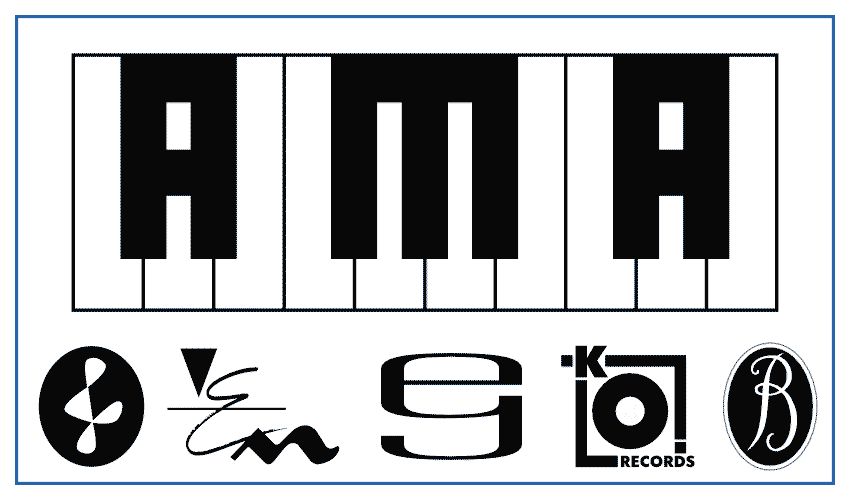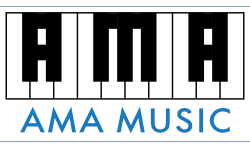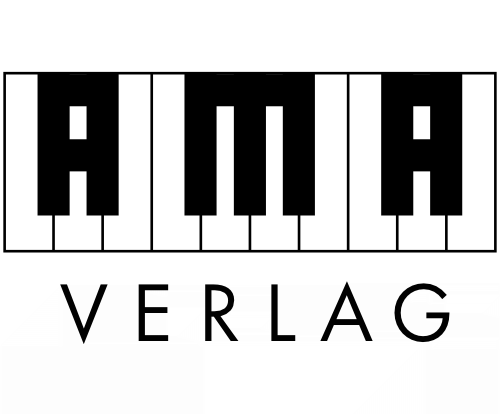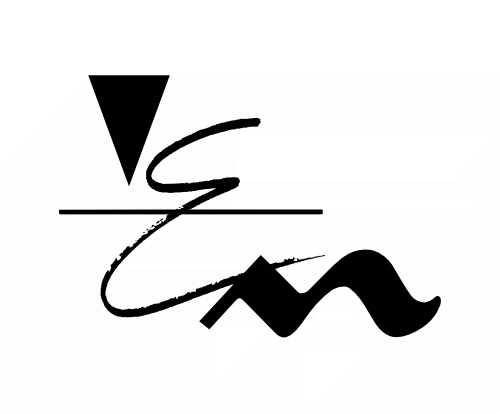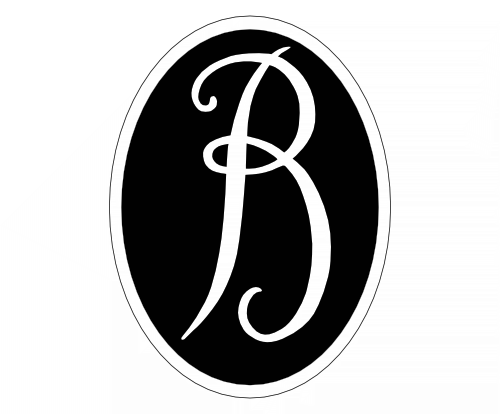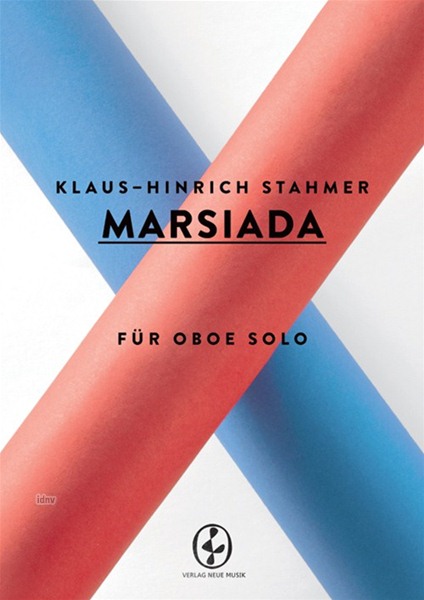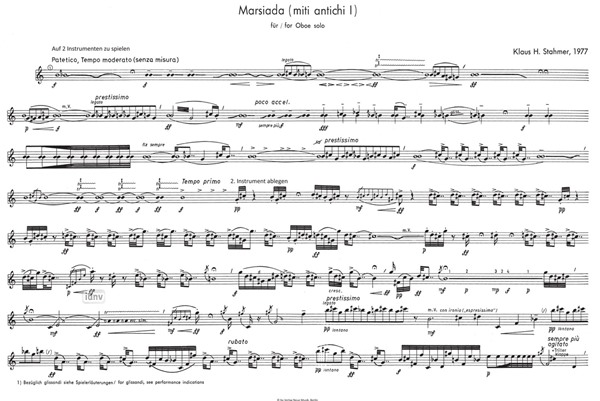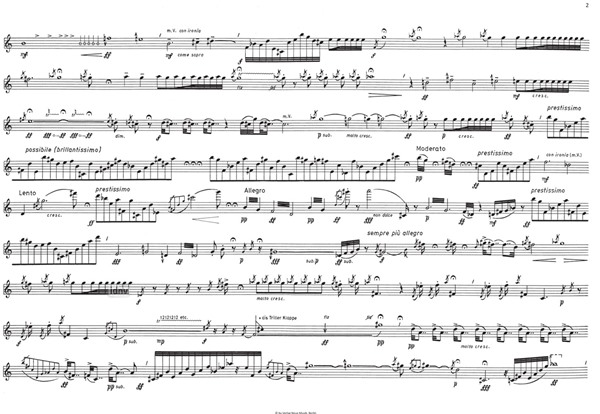Your basket is currently empty!
Marsiada für Oboe solo (1977)
Instrumentation: Oboe
Oboe
Length (h:m:s): 00:07:00
Schwierigkeitsgrad: 4=Schwer
Single sheet
Format: 21 x 29,7 cm
Pages: 8
Weight: 98 g
Verlag Neue Musik / NM1689
ISMN: 9790203222163
ISBN: 9783733312671
incl. VAT
plus delivery costs
Oboe
Length (h:m:s): 00:07:00
Schwierigkeitsgrad: 4=Schwer
Single sheet
Format: 21 x 29,7 cm
Pages: 8
Weight: 98 g
Verlag Neue Musik / NM1689
ISMN: 9790203222163
ISBN: 9783733312671
incl. VAT plus delivery costs
12,80 €
Delivery time: 10 days
Description
Marsiada is the first piece of miti antici, a series of compositions based on the myths of ancient Greece. Shaped as short musical “scenes”, these pieces respond more to a dramaturgy developed from the respective narrative than follow any motivic-thematic “logic”. Accordingly, the interpreter should feel absolutely free in performing the piece.
In “Marsiada” the musical contest between the satyr Marsyas and the god Apollo is represented. Marsyas – so the legend is told – one day picked up the double-aulos from the ground, that had been thrown away by Athena after discovering in the mirror her disfigured face while playing the reed instrument. However, this didn‘t seem to matter to the satyr, one of the attendants of Pan. After a short time he even achieved a certain skill on playing the aulos and soon felt ready to challenge Apollo with his lyre in a competition. Unfortunately Apollo did not only nominate the jury, as one would call the group of referees today, but also changed the rules during the competition. Realizing that his challenger, whose playing was full of masculine power, scored highly among the female judges – some muses from the wake of Apollo – he demanded that both players should turn their instruments upside down and should continue playing; and furthermore they should also sing while playing. Easily to be fulfilled by a lyre player, these conditions couldn‘t be accomplished by an aulos player, and so the winner was easily determined upon. The defeated was punished in cruelly – a topos that has repeatedly been portrayed deterrently in art history.
The oboe player should try to evoke this scene by starting to play already behind the stage on two oboes at the same time, which is possible since both hands make use of the upper part of the instruments only. As marked in the score, one of the instruments has to be be laid aside after a while, but should be taken up again towards the end of the piece in order to give the piece a cyclic shape. In between this frame a blend of powerful and sometimes even unpleasant aulos music is to be heard, interspersed with small rhetorical gestures and passages of fourths. The latter should be understood as an espressissimo imitation of the “pentatonic strumming on a few lyre-strings” and as a caricatura con ironia.
Manufacturer information:
Verlag Neue Musik GmbH
Grabbeallee 15, 13156 Berlin, DE
vnm@verlag.neue-musik.de
